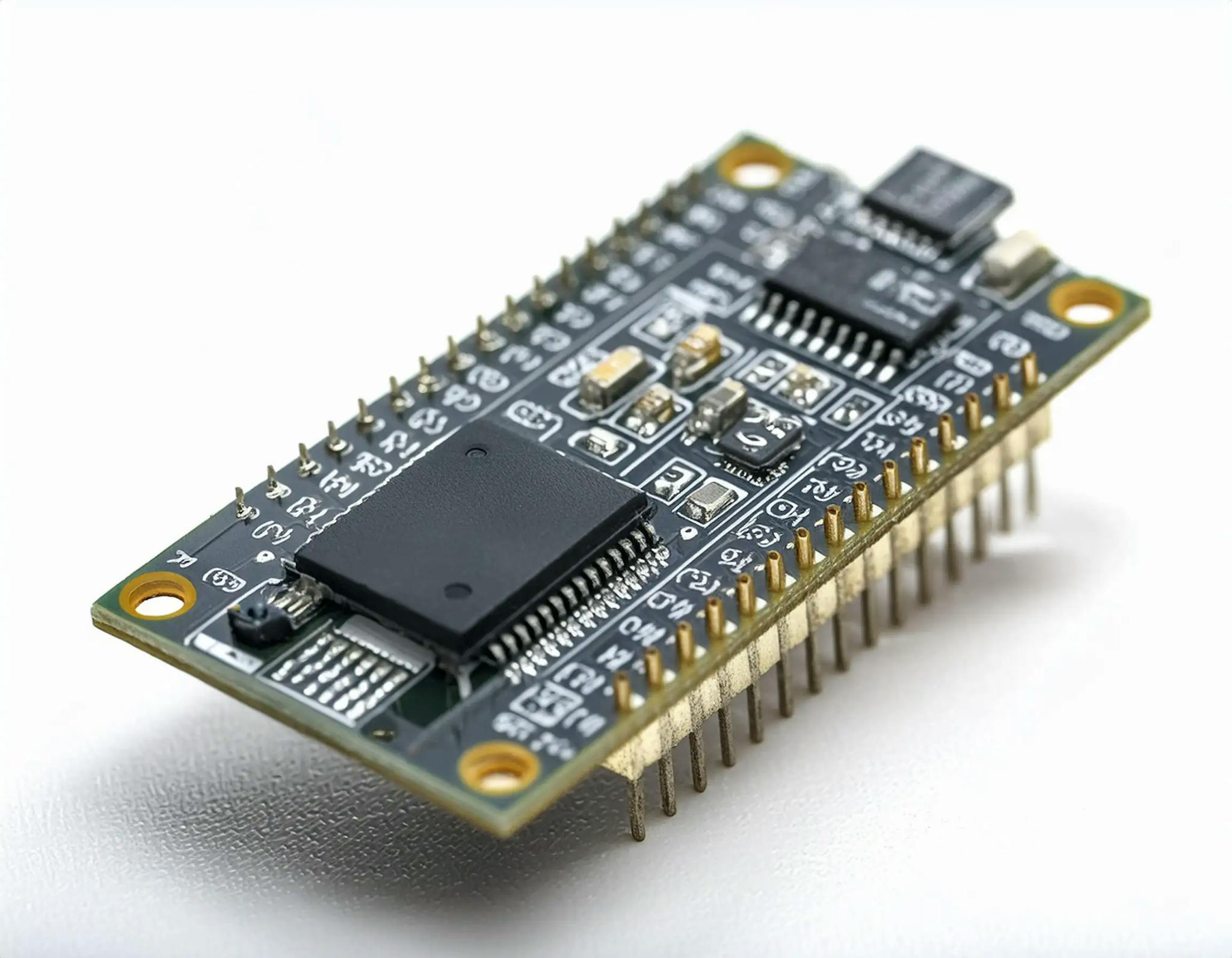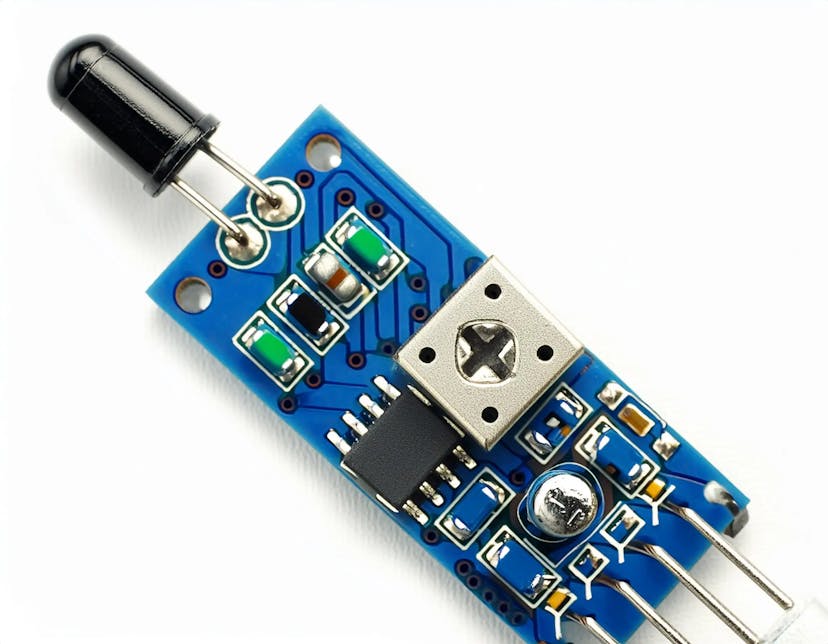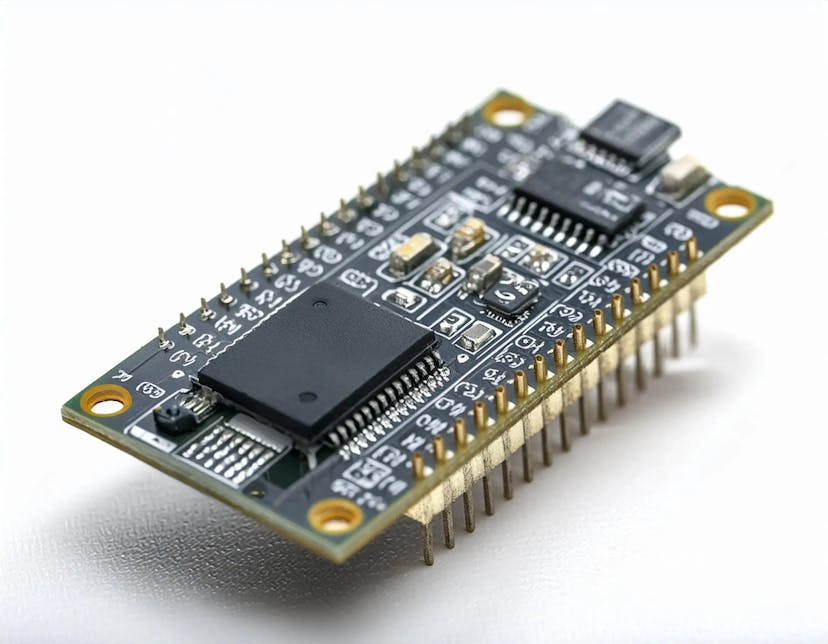NodeMCU ESP8266: Your Tiny Wi-Fi Powered IoT Hero
- THN
- 03 Feb 2024
The NodeMCU ESP8266 is more than just a fancy name. It's a powerful and affordable development board that opens doors to the exciting world of the Internet of Things (IoT). But what exactly is it, and how can you harness its potential? Let's dive in!
What is a NodeMCU ESP8266?
Imagine a tiny computer with built-in Wi-Fi capabilities. That's the essence of the NodeMCU ESP8266. This compact board houses an ESP8266 chip, the heart and soul of its functionality. This chip integrates a CPU, memory, and a Wi-Fi transceiver, allowing you to connect your projects to the internet with ease.
Why Use a NodeMCU ESP8266?
The reasons to use a NodeMCU ESP8266 are plentiful:
- Wi-Fi connectivity: It seamlessly connects to Wi-Fi networks, unlocking a world of possibilities for remote control, data transfer, and cloud integration.
- Easy to use: The NodeMCU is designed for beginners and experienced makers alike. Programming it is straightforward, often using popular platforms like Arduino IDE.
- Affordable: Compared to other Wi-Fi enabled microcontrollers, the NodeMCU ESP8266 boasts an incredibly budget-friendly price tag.
- Versatile: With its GPIO pins, you can connect various sensors, actuators, and other components, making it suitable for diverse projects.
- Open-source: The open-source nature of the platform means a wealth of resources, tutorials, and communities are available for support.
Unveiling the Ports: Your Gateway to Creativity
The NodeMCU ESP8266 comes equipped with several ports, each serving a specific purpose:
- Micro USB: This port powers the board and allows you to program it using your computer.
- GPIO pins: These general-purpose input/output pins are your playground for connecting sensors, LEDs, motors, and more.
- Analog input pins: These pins read analog signals from sensors like temperature sensors or potentiometers.
- Serial pins: These pins enable communication with other devices like displays or modules.
Advantages Beyond Compare: Why NodeMCU ESP8266 Stands Out
When it comes to choosing an IoT development board, the NodeMCU ESP8266 holds its own against the competition:
- Compact size: Its small footprint makes it ideal for space-constrained projects.
- Low power consumption: Its efficient design translates to longer battery life for your projects.
- Wide community support: The active community ensures a constant flow of resources, tutorials, and troubleshooting assistance.
- Wide range of libraries and frameworks: Numerous libraries and frameworks simplify development for various applications.
Ready to Unleash Your Creativity?
The NodeMCU ESP8266 is not just a development board; it's a gateway to endless possibilities. From controlling home appliances remotely to building smart sensors and wearables, its potential is limited only by your imagination. So, get started, explore, and create amazing things with this powerful little hero in your hands!
I hope this brief overview in markdown format helps you understand the NodeMCU ESP8266 better. Remember, this is just the beginning of your journey. Dive deeper, experiment, and let your creativity flow!


